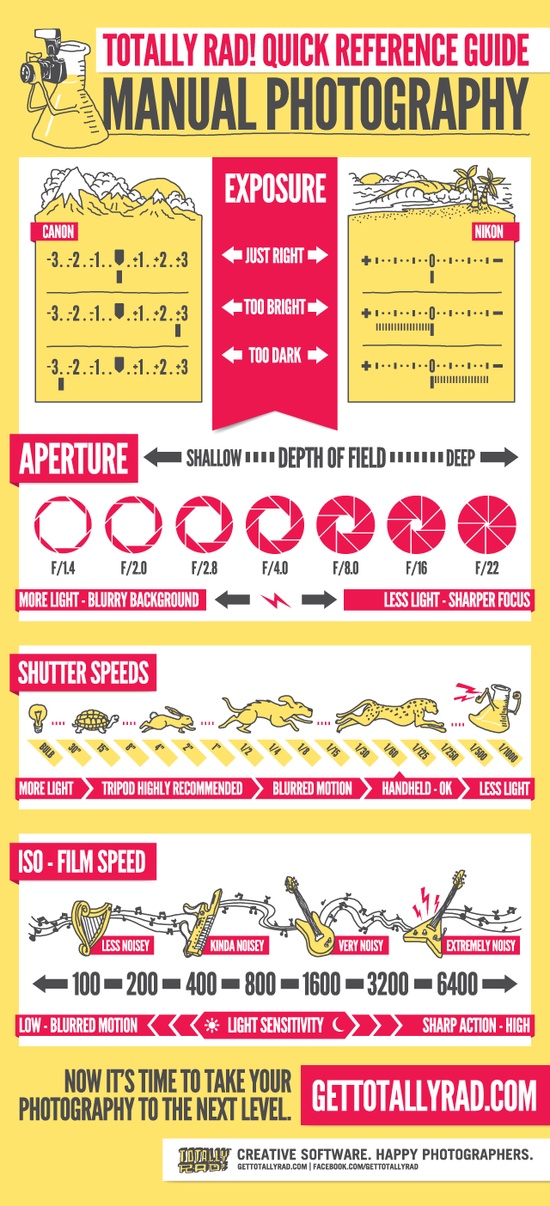What Every Digital Photographer Should Learn About Lights
What Every Digital Photographer Should Learn About Lights
Blog Article
Produced By-Greenwood Isaksen
As a professional photographer, you recognize that lighting can make or damage your photos. Comprehending the nuances of both natural and man-made light is necessary for catching the state of mind and quality you aim for in your job. Whether you're going after the best gold hour glow or fine-tuning your man-made setups, grasping these aspects can boost your digital photography considerably. Yet there prevail risks that several neglect, and acknowledging them can transform your method to every shoot. Allow's discover what you could be missing and exactly how it can influence your results.
Recognizing Natural Light
Understanding natural light is vital for any type of photographer looking to boost their job. It's the structure of fantastic photography, affecting mood, tone, and clearness. When you fire outdoors, take notice of the time of day. The gold hour-- soon after dawn and before sundown-- offers soft, cozy light that can change regular scenes into stunning photos.
Do not undervalue the power of overcast days. Cloud cover diffuses sunlight, creating a soft, also light that's ideal for portraits and macro photography. You'll locate colors pop in this sort of lights without severe shadows.
Positioning issues, also. Always consider your subject's orientation to the light source. If the sunlight's behind your topic, you might end up with a shape, which can be dramatic yet mightn't be what you desire. On the other hand, straight sunshine can develop uncomplimentary shadows.
Try out angles; occasionally, transforming your viewpoint can produce incredible outcomes. Usage natural reflectors, like water or sand, to bounce light onto your topic, adding measurement.
Mastering Artificial Light
Mastering artificial light is necessary for professional photographers who intend to take their abilities to the following degree. Whether you're using speedlights, studio strobes, or continuous lights, understanding exactly how to control these resources can significantly enhance your photos.
Beginning by familiarizing yourself with the fundamentals of light top quality, instructions, and color temperature. Try out different modifiers like softboxes, umbrellas, or grids to regulate the softness or violence of the light.
You'll locate that soft light typically produces lovely outcomes, while harsher light can add dramatization and depth. Don't shy away from darkness; they can improve the three-dimensionality of your subjects.
Pay close attention to the placement of your lights. A light positioned too near to your topic can develop uncomplimentary results, while as well far away can lead to a lack of information. Utilize a light meter or your cam's pie chart to ensure you're subjecting properly.
Last but not least, keep in mind that fabricated light can be blended with ambient light for imaginative effects. Balancing these resources might take practice, but once you grasp it, your digital photography will genuinely radiate.
Techniques for Various Scenarios
When you enter various capturing scenarios, adapting your lights strategies is critical for recording the most effective images. For outside portraits, use the gold hour-- morning or late afternoon light-- to soften shadows and enhance skin tones.
If it's an extreme lunchtime sunlight, consider making use of a reflector to jump light back onto your subject or look for shaded locations for a much more also exposure.
In best headshots near me -light situations, like indoor occasions, increase your ISO and make use of a large aperture to let in more light. A tripod can aid eliminate camera shake, enabling longer exposures without obscuring.
If you're contending evening, explore off-camera flash to produce dynamic illumination and deepness in your pictures.
For item photography, make use of diffused lights to prevent severe representations. Softboxes or light camping tents can aid attain this effect.
When photographing landscapes, consider the direction of light and time of day, as it can considerably change the mood of your shot.
Constantly prepare to readjust https://zenwriting.net/markazalee/just-how-to-locate-your-unique-design-as-a-photographer and positioning based upon the situation, as adaptability is essential to grasping lighting in photography.
Final thought
In conclusion, mastering illumination is essential to elevating your digital photography abilities. Welcome natural light's charm during golden hour, and don't shy away from try out fabricated light methods. By adjusting your approach to various scenarios, you'll record spectacular photos that reverberate with emotion and clearness. Keep in mind, the best illumination can change a common shot into something amazing, so keep practicing and improving your understanding of both all-natural and man-made light. Delighted shooting!
